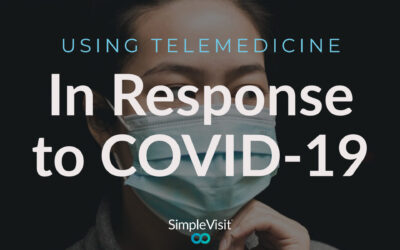
How Quality Standards will be Measured for Telehealth
Industry Leaders Push for Permanency for Telehealth Coverage Expansions
Allie Clark | 8 min read | June 8, 2020During the COVID-19 pandemic, telehealth has been necessary for not only the health of all American citizens, but also that of healthcare companies of all sizes. Virtually delivered services have kept many medical offices open...
Allie Clark | 10 min read | March 6, 2020[Updated on November 20, 2020] Our world is in the throes of what is undeniably one of the most severe infectious disease outbreaks in modern history. Coming up with innovative approaches to stem the spread of the infection of...
20/20 Vision: Presidential Panorama
Allie Clark | 6 min read | February 10, 2020[Updated March 10, 2020]As we continue on into 2020, more opportunities for growth and advancement of virtual care delivery abound. This year also brings the single biggest event that happens in our country: a presidential...



